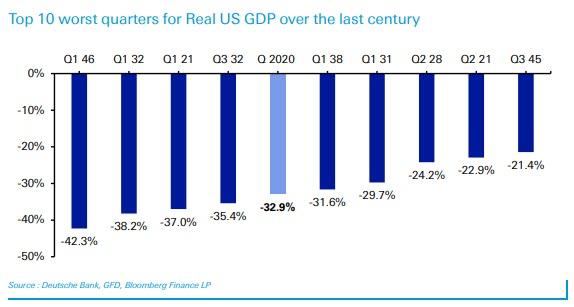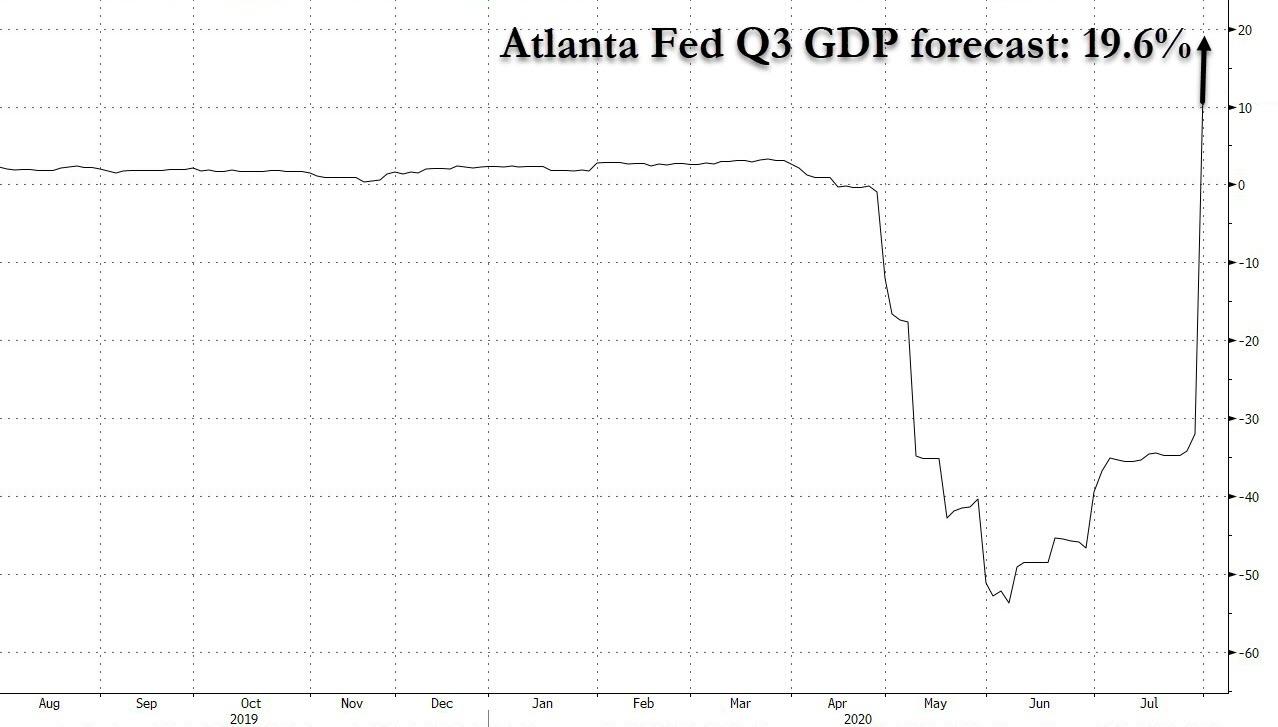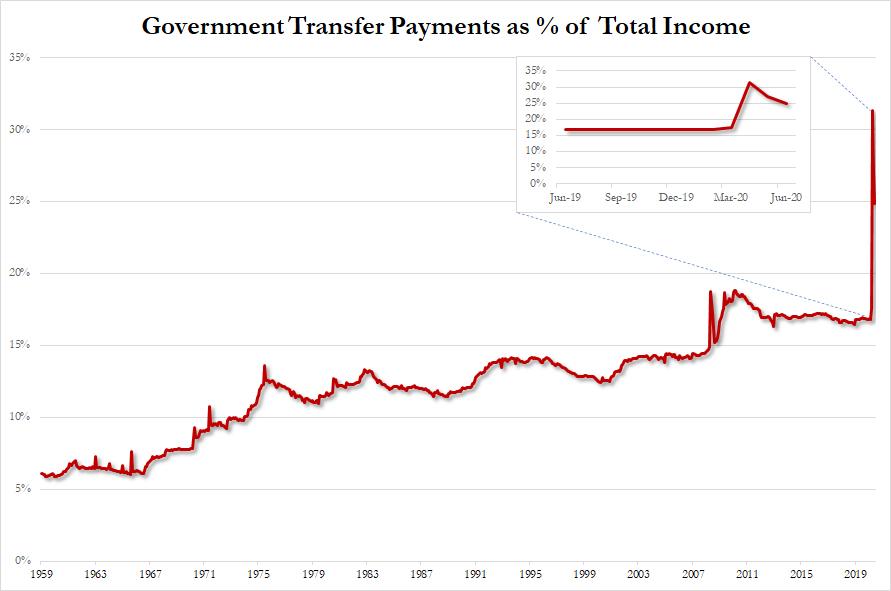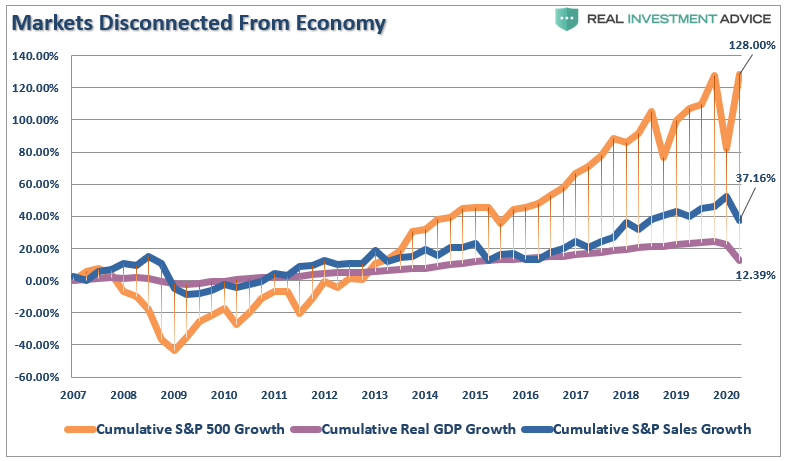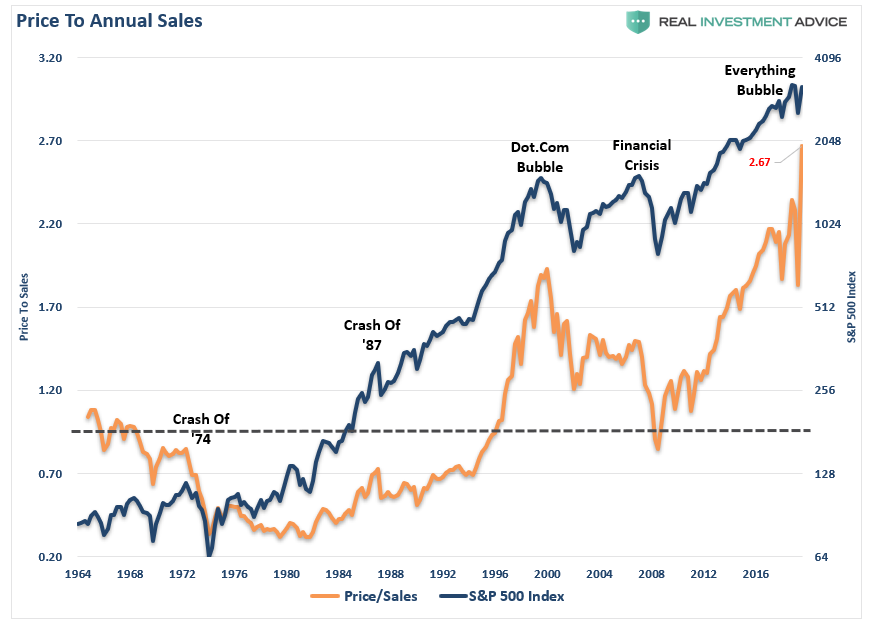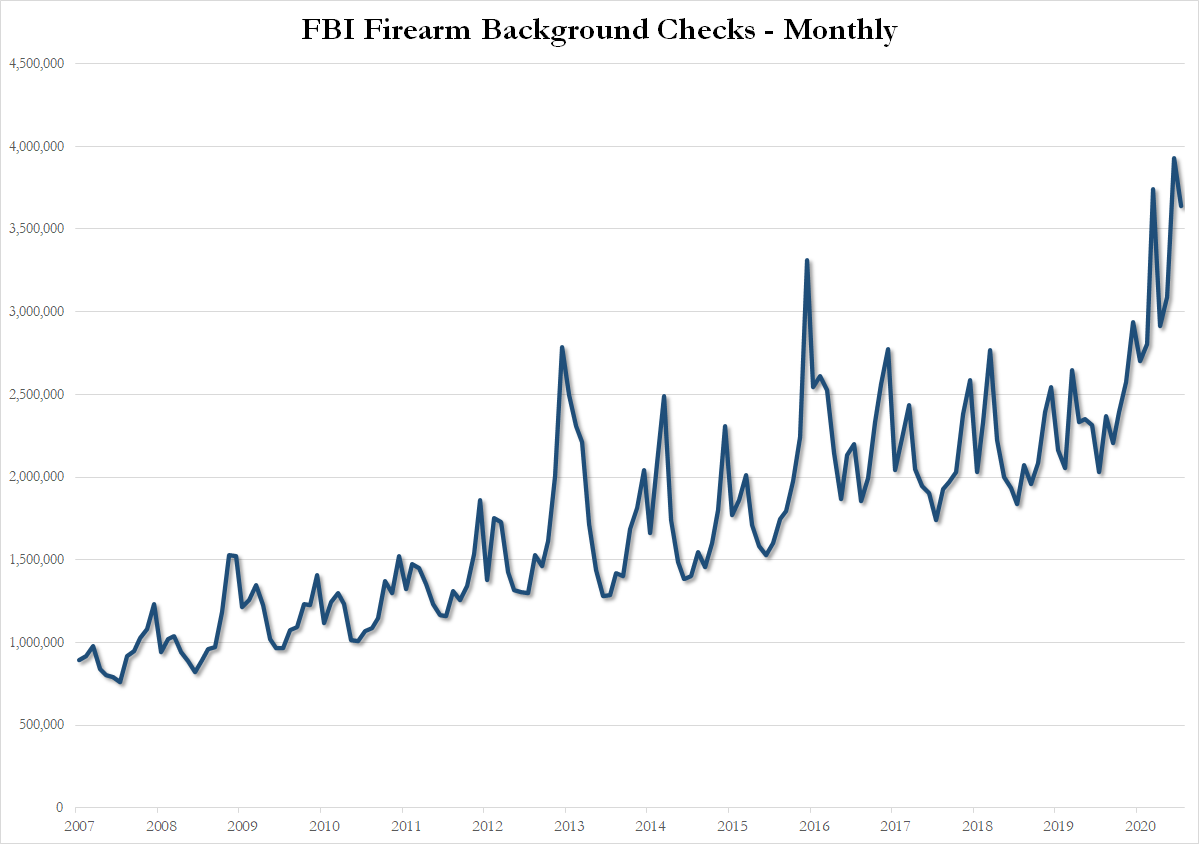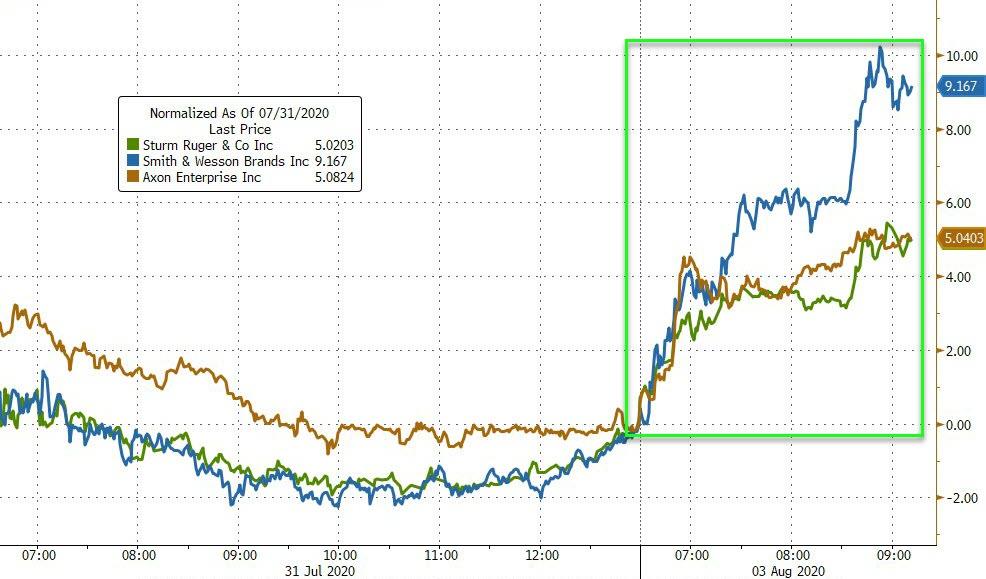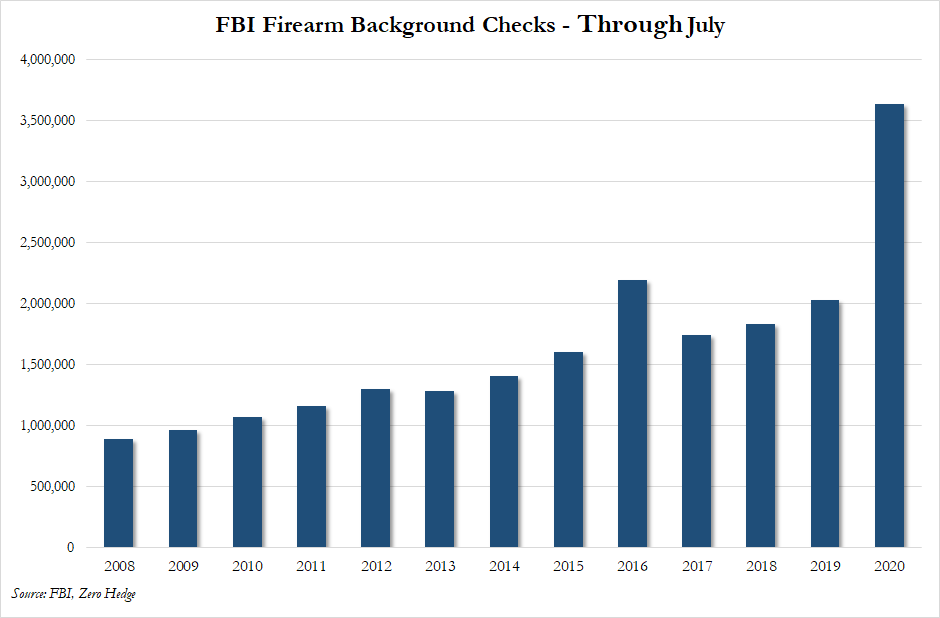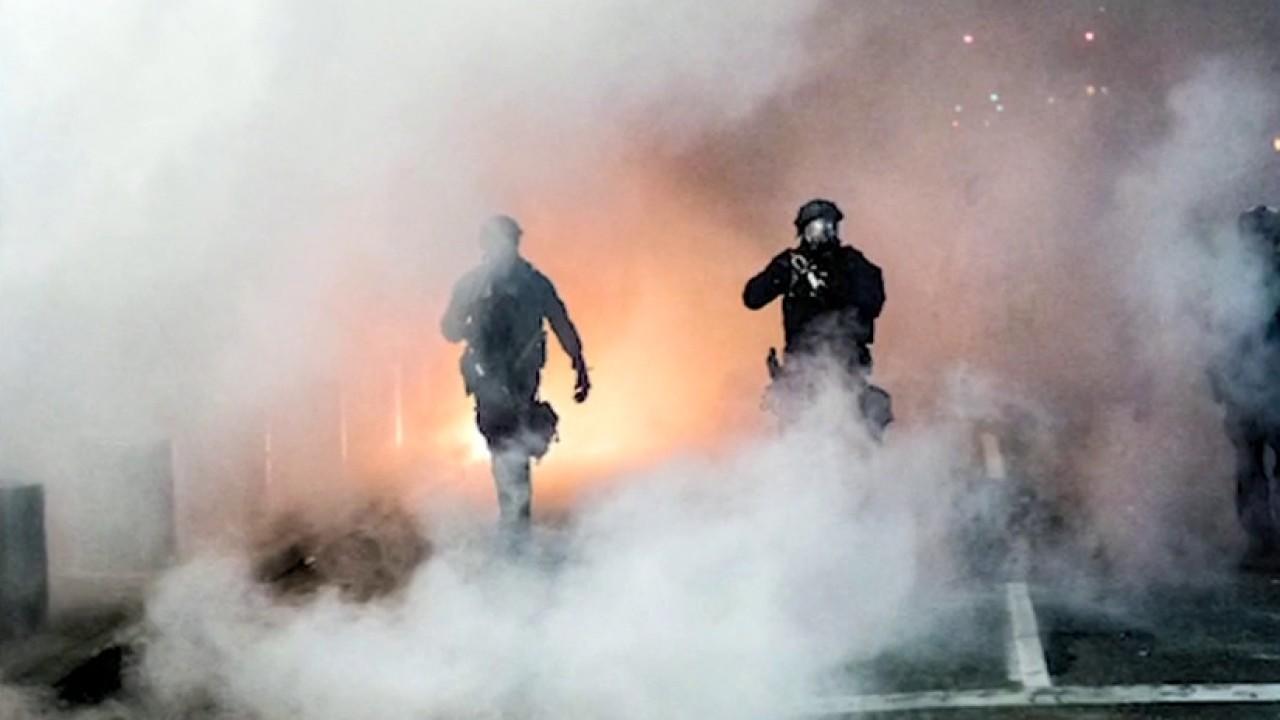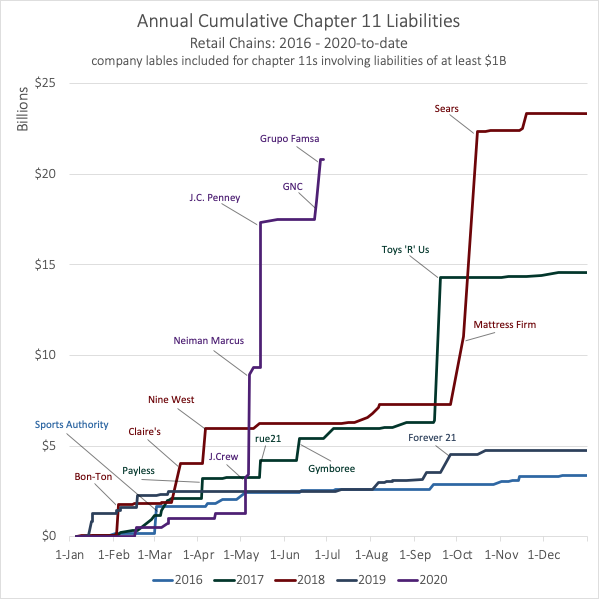For as long as I can remember, I’ve been a fan of Bruce Lee.
I was probably about four years old when I first watched one of his movies. And I was instantly hooked. The guy was legendary.
As a teenager, I learned more about how he lived, and I began to admire his tenacity, discipline, and relentless pursuit of self-improvement… qualities that I endeavored to attain.
I remain a fan to this day. In fact there’s even a Bruce Lee mural on the wall at our office in Chile.
So when I had the opportunity to purchase some of Bruce Lee’s artwork a few years ago– sketches that he drew with his own hand– I jumped at the chance.
It cost me around $8,000… but it was the best money I ever spent. I had it professionally framed and hung in my home, and it’s probably my most prized possession.
I doubt I’ll ever sell it. But it’s the only asset that I allow myself to be sentimental about.
In everything else related to money, I force myself to be unemotional. I don’t fall in love with prospective investments, nor do I have an emotional attachment to businesses that I own.
You hear this a lot with entrepreneurs, who often refer to their companies as ‘their baby’.
I don’t have that view. Bruce Lee aside, I’m willing to sell any asset for the right price… especially if someone is willing to pay far more than what I think it’s worth, or what it could be worth in the future.
And this brings me to gold.
The price of gold is now at an all-time high in nearly every major currency, including US dollars. On Friday, in fact, gold briefly passed $2,000 per ounce, and it’s still hovering near that figure now.
A lot of people have an emotional attachment to gold… a borderline fanaticism.
I don’t. I write about gold quite frequently. But I’m not a ‘gold bug’.
My views on gold are unemotional, grounded in a rational understanding of gold’s advantages, and the disadvantages of the financial system. I’ve written about this extensively.
But one important thing to understand about gold is that it can be very difficult to value.
I can much more easily value a business like Apple, or private company that I own. The analysis is never perfect, but I can project future cash flows and market-based asset prices, and derive an appropriate value for what an asset is worth.
But gold does not intrinsically generate cash flow like a business or rental property, so that analysis doesn’t work.
People often try to predict the price of gold by examining certain financial benchmarks.
For instance, in theory there are some loose relationships between the gold price and the money supply. But these relationships are far from perfect.
The previous peak for gold was in 2011 when it reached around $1900. The gold price then fell for more than four years, reaching a low of around $1,000 in December 2015.
Yet during that 4+ year period, the Federal Reserve’s balance sheet increased 70% from $2.6 trillion to $4.4 trillion, and M2 money supply in the US increased 30% from $9.5 trillion to 12.3 trillion.
Gold should have performed well from 2011 to 2015 given all the money the Fed was printing. Yet instead the gold price fell.
There’s another theory that gold prices increases because the dollar is weak. But this relationship is also far from perfect.
In the summer of 2018, I wrote note to our readers suggesting that it was a good time to buy gold, and that the price could double over the next few years.
At the time, the gold price was around $1200. But the ‘Dollar Index,’ i.e. the standard financial benchmark for the US dollar’s relative strength, was around 94.
Today gold is at a record high– up more than 60% since I wrote that article. Yet the dollar index is almost exactly the same– 93.8.
But if the theory is true, the gold price should be the same as it was in summer of 2016.
Finally, there’s a theory that the gold price is correlated with ‘real interest rates’, i.e. the rate of interest after adjusting for inflation.
This relationship is also far from perfect; real interest rates in 2011 and 2012, for example, were negative. Yet the gold price was falling.
Real rates in 2017 were rising. But the gold price was also rising. So this theory is also flawed.
The bottom line is that there’s no magic formula to tell us what the gold price should be. Dollar weakness, real rates, and money supply are all useful indicators. But they’re not predictors.
It’s fair to say, for example, that gold is still undervalued right now relative to recent growth in the Feds balance sheet.
Or that, over very long periods of time as central bankers print money and create inflation, gold tends to keep up.
After all, gold has a 5,000 year track record of holding its value against inflation.
In the short-term, however, the biggest driver of gold prices ironically seems to be emotion… specifically negative emotions like fear and mistrust.
Few people buy gold because they’re happy. Some forward-thinking central banks and investors may buy gold when it’s cheap because they understand its value and potential.
But for the most part, the price rises when people lose confidence in the financial system, in their government, in their central bankers, or in each other.
And that’s what we’re seeing now.
Nearly every government around the world looks incompetent and heavy-handed against the Coronavirus.
Central bankers seem desperate.
Banks are sitting on trillions of dollars of losses, while regulators have actually asked the public ‘please do not withdraw your money.’
And social cohesion has practically collapsed. People are ripping each other apart over masks, social justice, political views, and just about everything else.
It’s hard to have trust and confidence at a time like this. And that’s been a key driver of the gold price.
If you own gold, congratulations. You’ve done well. But don’t be emotional about it.
A record high milestone like this is a good time to check your outlook; be rational and determine whether you want to buy, sell, or hold at this level.
Being rational means being able to see all sides of an issue.
You could easily make a strong case that the fear, uncertainty, and desperation could continue for quite some time. And that, long-term, gold continues to make sense.
You could also make a case that, given how quickly gold has risen in price, a short-term correction may be in order. Or that some of the fear subsides if a Covid vaccine is produced.
Remember that great quote from F. Scott Fitzgerald– “The test of a first-rate intelligence is the ability to hold two opposed ideas in mind at the same time and still retain the ability to function.”
Source
from Sovereign Man https://ift.tt/3kafW0K
via IFTTT
